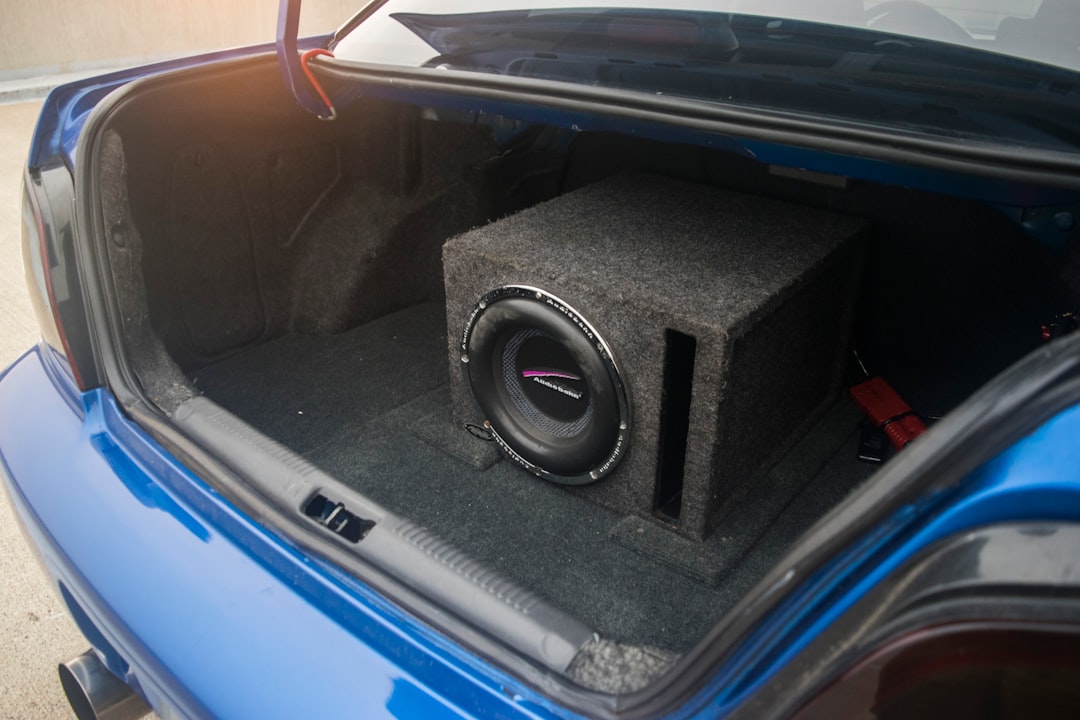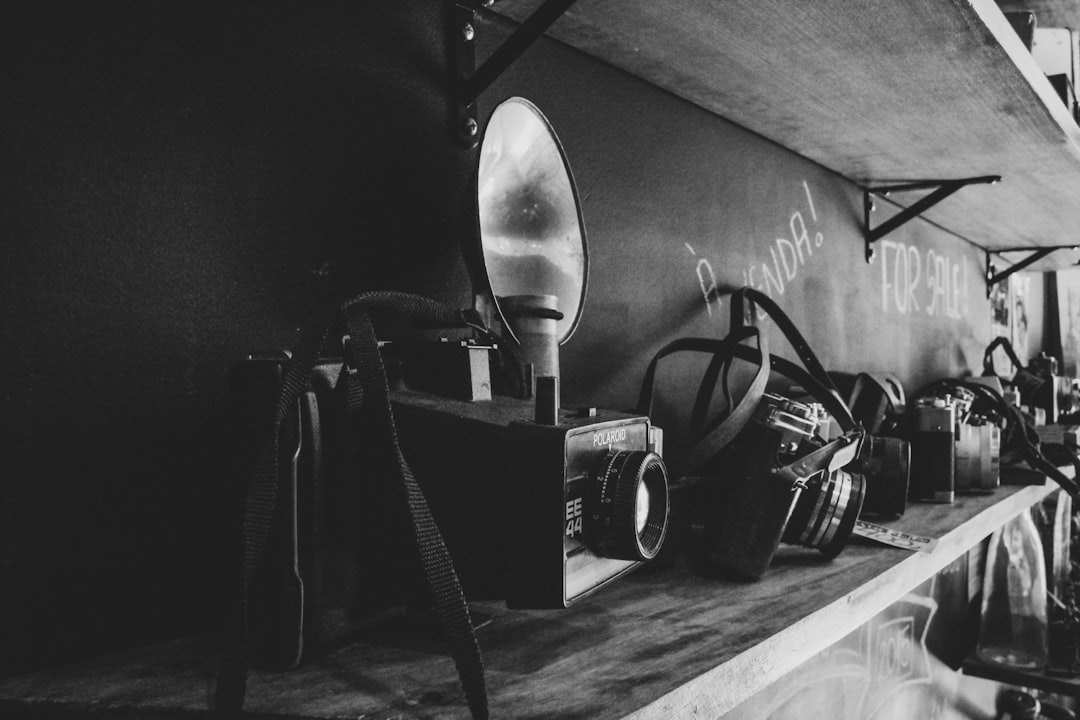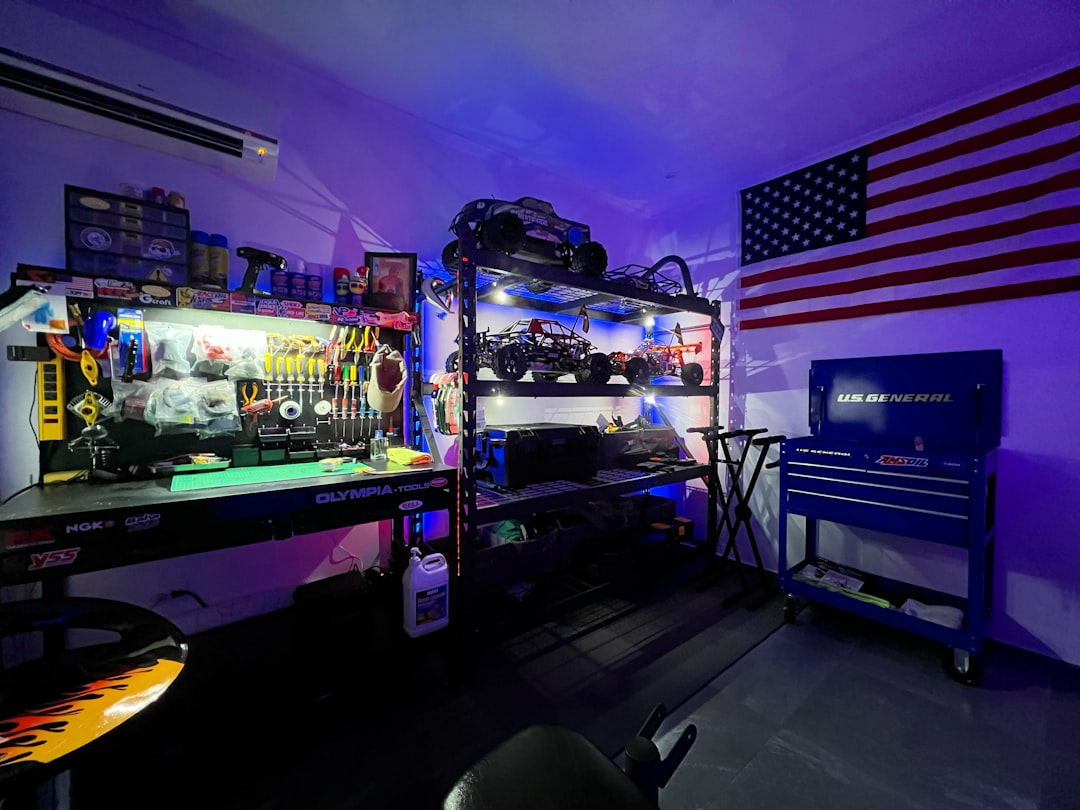Subwoofers are crucial for delivering the low-end bass that completes a home theater or high-fidelity audio setup. While they provide a fully immersive sound experience, their deep, resonant output can pose a problem when you share walls with neighbors — whether in an apartment, townhouse, or semi-detached home. Poor subwoofer placement can lead to disturbance complaints and strained neighborly relations. Therefore, understanding how to optimize subwoofer placement under these circumstances is not only a matter of acoustic performance, but also of responsibility and courtesy.
Understanding the Nature of Low Frequencies
Unlike higher frequency sounds, bass frequencies are non-directional, meaning they spread out in all directions from the source. They are also much more difficult to contain. This is primarily due to their longer wavelengths and greater power. Bass waves can travel through solid materials like walls, floors, and ceilings more easily compared to higher frequencies, making subwoofers one of the main culprits of noise complaints in shared living spaces.
Before diving into placement strategies, it’s important to have a clear understanding of why subwoofer vibration and placement matter. When placed poorly, the subwoofer’s energy may transfer directly into walls and floors, exacerbating sound leakage. Fortunately, there are ways to avoid disturbing your neighbors while still enjoying powerful bass output.
Main Considerations for Shared Walls
When living in close proximity to others, every detail—down to the subwoofer’s placement—can make a significant difference. These are the specific factors that should guide your subwoofer placement:
- Wall Material: Thinner, hollow, or poorly insulated walls will transmit sound more easily compared to thicker or well-insulated ones.
- Room Geometry: Shapes and dimensions affect how bass waves propagate and amplify within the room.
- Proximity to Shared Boundaries: Placing a subwoofer against a shared wall increases the chance of noise leakage.
- Flooring Type: Wooden floors tend to vibrate more and transmit sound than concrete floors or those with thick carpeting.
Optimal Subwoofer Locations
Here are some ideal placements and strategies that can dramatically reduce subwoofer transmission into adjacent units:
1. Avoid Adjacent Walls
Never place your subwoofer directly against a shared wall. This is one of the most important rules. Instead, place the subwoofer at least a foot away, if not more, from any party wall. Ideally, position the subwoofer along an interior wall of your own unit, far from neighbors.

2. Use Isolation Pads or Platforms
Isolation products serve as a bridge between the subwoofer and the floor, helping absorb and dissipate vibrations before they can travel through the building structure. Options include:
- Subwoofer isolation feet
- Isolation platforms or risers
- Thick rubber mats or foam supports
These tools reduce mechanical coupling between the subwoofer and any surface it contacts, dramatically lowering how much sound and vibration travels outward.
3. Carpet and Room Treatment
Adding carpet to floors and acoustic panels to walls can help absorb reflections and minimize sound leakage. While this won’t stop bass entirely, it works synergistically with proper placement to control resonance.
4. Experiment with Subwoofer Crawl Method
The “subwoofer crawl” is a well-established technique used to find the optimal placement for minimal localization and maximal impact. To do this:
- Place the subwoofer at your typical listening position.
- Play a bass-heavy track or test tone on loop.
- Crawl slowly around the perimeter of the room (at subwoofer height) and identify where the bass sounds most even and natural.
- Try placing the subwoofer in those areas, avoiding corners and shared walls as much as possible.
While it may sound unorthodox, this method often reveals acoustic sweet spots you wouldn’t otherwise expect.
Managing Low Frequencies Through Calibration
Most modern A/V receivers include a calibration system (like Audyssey, YPAO, or MCACC), which uses a microphone to analyze room acoustics and adjust the output accordingly. These systems can help limit bass spikes and eliminate room-specific acoustic issues.
Moreover, many subwoofers have built-in equalizers or software control via smartphone apps. These allow manual finetuning of:
- Volume: Keep levels at a reasonable, controlled setting.
- Low-pass filter: Ensure the subwoofer isn’t overlapping excessively with your main speakers.
- Phase: Adjust in or out of phase to blend better with your speaker configuration and avoid bass boominess.

Use Multiple Small Subwoofers
A common misconception is that one large subwoofer will always outperform multiple smaller ones. In shared wall environments, using two or more smaller subwoofers placed strategically within the room can deliver smoother bass response while keeping the required SPL (sound pressure level) at each unit lower. This means less localized vibration and more even distribution of bass energy across the room.
By spreading the subwoofer load, you reduce the peaks and nulls caused by room geometry. This technique can provide a high-fidelity experience at a lower volume, which benefits both listener enjoyment and neighbor comfort.
When All Else Fails: Digital Bass Management
If physical placement and acoustic treatment aren’t enough, digital bass management tools can help further reduce unwanted transmission. Some software and hardware tools can:
- Compress bass peaks using a dynamic range limiter
- Apply customizable EQ filters to cut specific frequencies
- Implement low-frequency cutoffs to eliminate subsonic content
These high-tech tools can fine-tune your output without sacrificing too much quality. In shared living environments, even reducing the subwoofer’s output slightly in favor of neighborly harmony can go a long way.
Time of Use and Volume Discipline
Good acoustics only solve part of the problem. Time of use and volume level play just as crucial a role. Avoid using bass-heavy systems late at night, and adopt a policy of mindfulness about how it might be affecting others. Volume moderation goes a long way in keeping the peace in closely-packed living situations.
Conclusion
Subwoofers enhance the audio experience by delivering deep, impactful bass, but responsible placement is critical when you share walls with neighbors. By avoiding shared boundaries, using vibration isolation tools, calibrating your system thoughtfully, and keeping the volume in check, you can strike the perfect balance between exceptional audio performance and respectful coexistence.
When done correctly, your home entertainment can sound as impressive as ever — and your neighbors might never even realize it.


